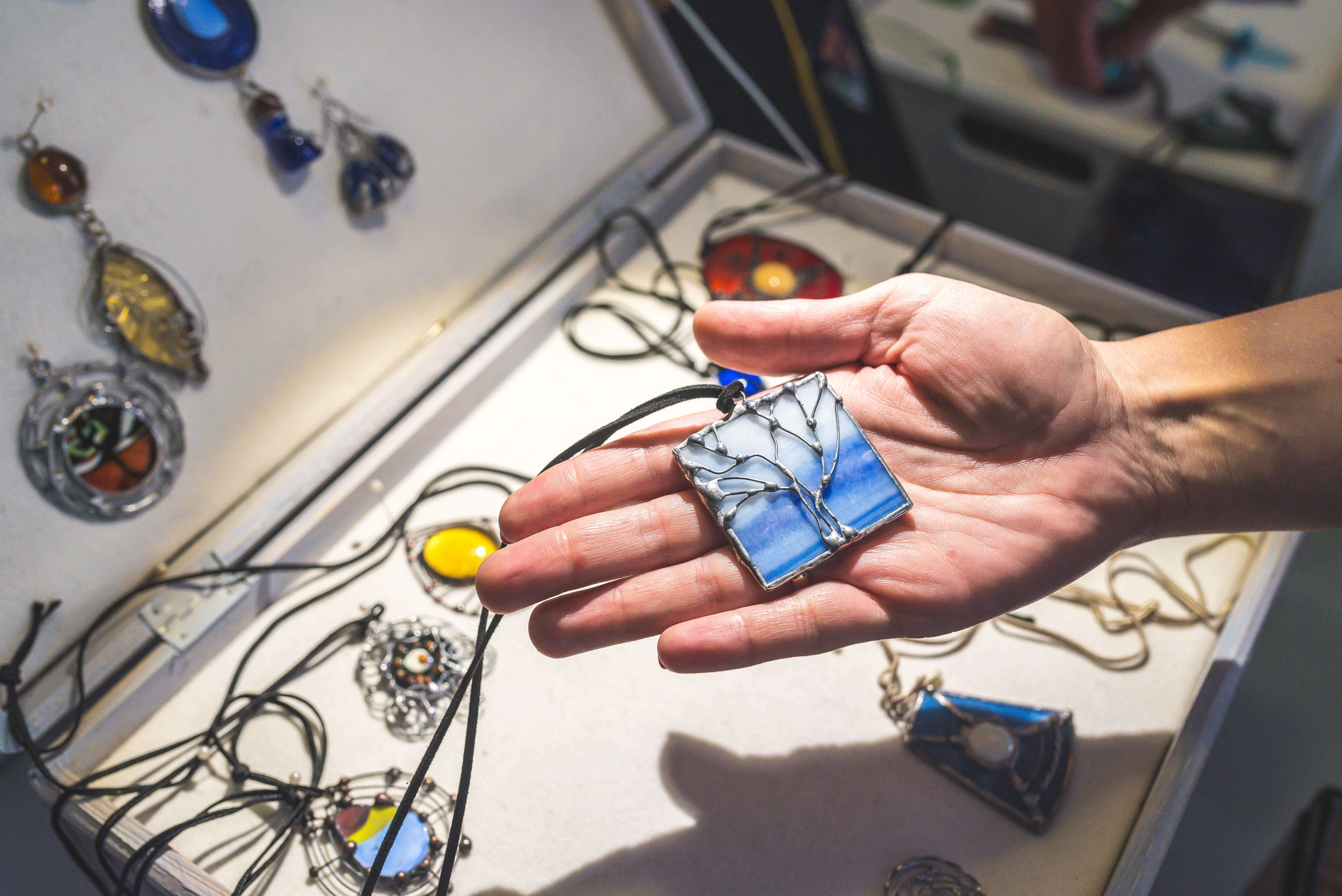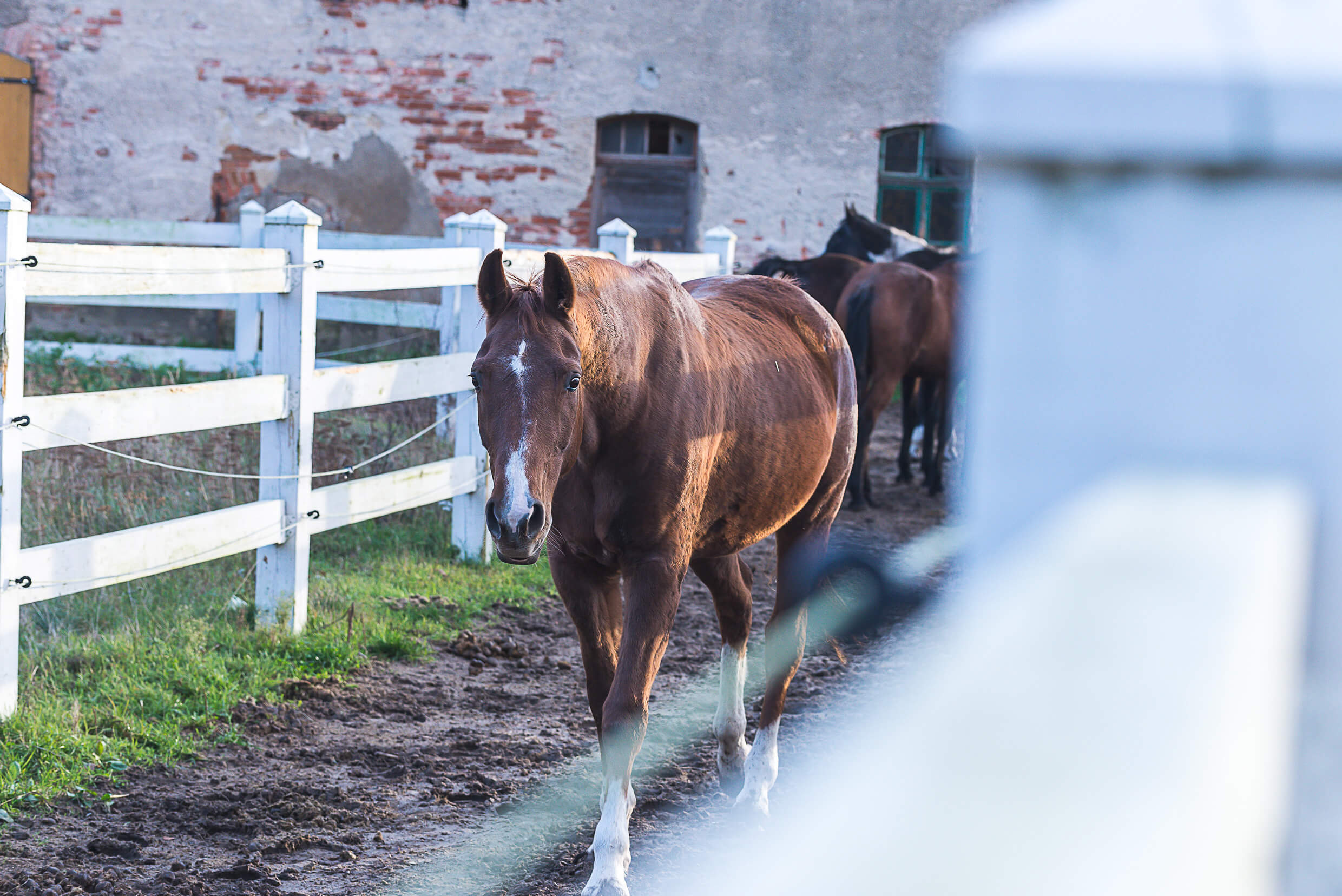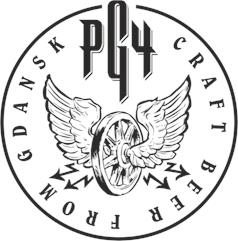-I would very much like to go back to nature. Focus on a world different than what a computer screen offers. This is why I turned towards the simplest material, which is clay – says Ewa Filipowicz, owner of Ceramika Słowiana workshop.
– I like to create raw, primal forms. Such as used for storing herbs and spices, for example. Such forms include shapes of leaves, fish, or shells – says the artist.
Ewa Filipowicz has for several years been the owner of Ceramika Słowiana ceramics workshop. She creates single items on request, as well as series of items. As she says, she is inspired by traditional Slavic culture. – One of the most popular motives back then were whirlpools, drawn on house walls, as well as vessels of different kind, which referred to life-giving water. It served as a connection between nature and God – she explains.






Each shape created by Ewa Filipowicz is unique. After all, there are no two identical pieces of clay. As there are no two identical moments during which an artist breathes life into their creations.
Before beautiful, colourful clay shapes are created, much work needs to be done. The first step, which is kneading clay, requires much strength.
-After clay has been kneaded, the pleasant process of giving it shape begins. It is important that the form be hollow. A solid piece will break in the kiln – says Ewa Filipowicz. – Creating pottery is a time consuming process. After shaping, a form needs to rest for a week. Afterwards, it is fired in a furnace in up to 900 degrees Celsius, to create a so-called biscuit. After eight hours in a furnace, several more are required to let the biscuit cool down. Only after 24 hours can such a form be taken out of the furnace.
The next stage is glazing. Ewa Filipowicz considers this stage to be the least pleasant. As she says, glazing is matte and white, with colour outline barely visible. In reality, only after the matting process has been completed, we can see the glazing. – This is where imagination kicks in. Of course, we take out the form from the furnace several times before that, but only after several attempts the effect can be seen – adds the artist.




A glazed form is again fired in 1300 degrees Celsius. Afterwards, more time is needed for it to cool down. It turns out that creating a clay vessel can take up to two weeks. If you consider the fact that creating pottery can have therapeutic value, you can treat it as a way to relax and escape every day’s hustle and bustle.



Ceramika Słowiana is a studio that is open to everyone. Ewa Filipowicz will gladly share her knowledge with both groups of 20 people, as well as smaller groups, such as families. The artist offers workshops for children and adults. For those who are eager to create a clay vessel from A to Z, and wait to see the effects of their work, accommodation is available nearby.









































